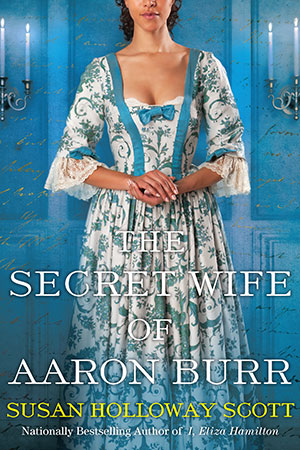 |
| Turnpike Gates |
Some while ago, I reported my surprise at learning the Hyde Park Corner Tollgate was taken down as early as 1825. It was one of numerous traffic-slowing structures on the London roads, like Temple Bar (but more of that anon).
During my visit to the London Transport Museum, some clippings from the Illustrated London News gave me another little surprise: Hyde Park Corner Toll-gate might have gone away in the 1820s, but the majority of turnpike gates stayed in place for a long time afterward, in spite of decades of complaints, until the 1860s.
DEMOLITION OF LONDON TURNPIKE GATES.Clicking on the image will enlarge it. Clicking on the caption will take you to the source, where you can learn more and enlarge images as needed.
This week has witnessed the abolition of turnpike toll obstructions upon fifty miles of road in and about London on the Middlesex side of the Thames. It was many years ago that the agitation for their removal commenced, and the Illustrated London News then took the lead in advocating this important matter of social and economical reform. We have therefore thought it worth while to engrave Sketches of some of the tollgates which have been so familiar to every Londoner's eye. and which, having partly disappeared in the last few weeks, are henceforward to be utterly demolished. The City-road gate and the Islington gate, which were situated amidst a dense population, with the gates of Kensington and Notting-hill, which barred free communication with the western suburbs and villages beyond, have been selected for these Illustrations. Under the “Metropolis Turnpike. Road Act Amendment" (which takes effect from the 1st of July), twenty-five toll-gates and fifty-six side bars are done away with. At Fulham. including Walham-green and Earl's Court, all the gates and side bans are removed; also at Kensington, Hammersmith, Notting-hill, Harrow-road, Kilburn, and Camden Town, the latter comprising the King's-road gate, High-street, Chalk Farm, and the Brecknock gate, as well as the gate in the road at Kentish Town. Further removals take place at Holloway, Islington, Ball’s Pond, Kingsland-road, Cambridge-heath, Hackney, Twickenham, and Teddington. All the gates and side bars of the city-road are included. We congratulate the whole metropolis upon the abatement of this nuisance, and hope soon to record its total extirpation on the Surrey as well as the Middlesex side of the river.—The Illustrated London News, 2 July 1864




























 One of us --
One of us -- 


